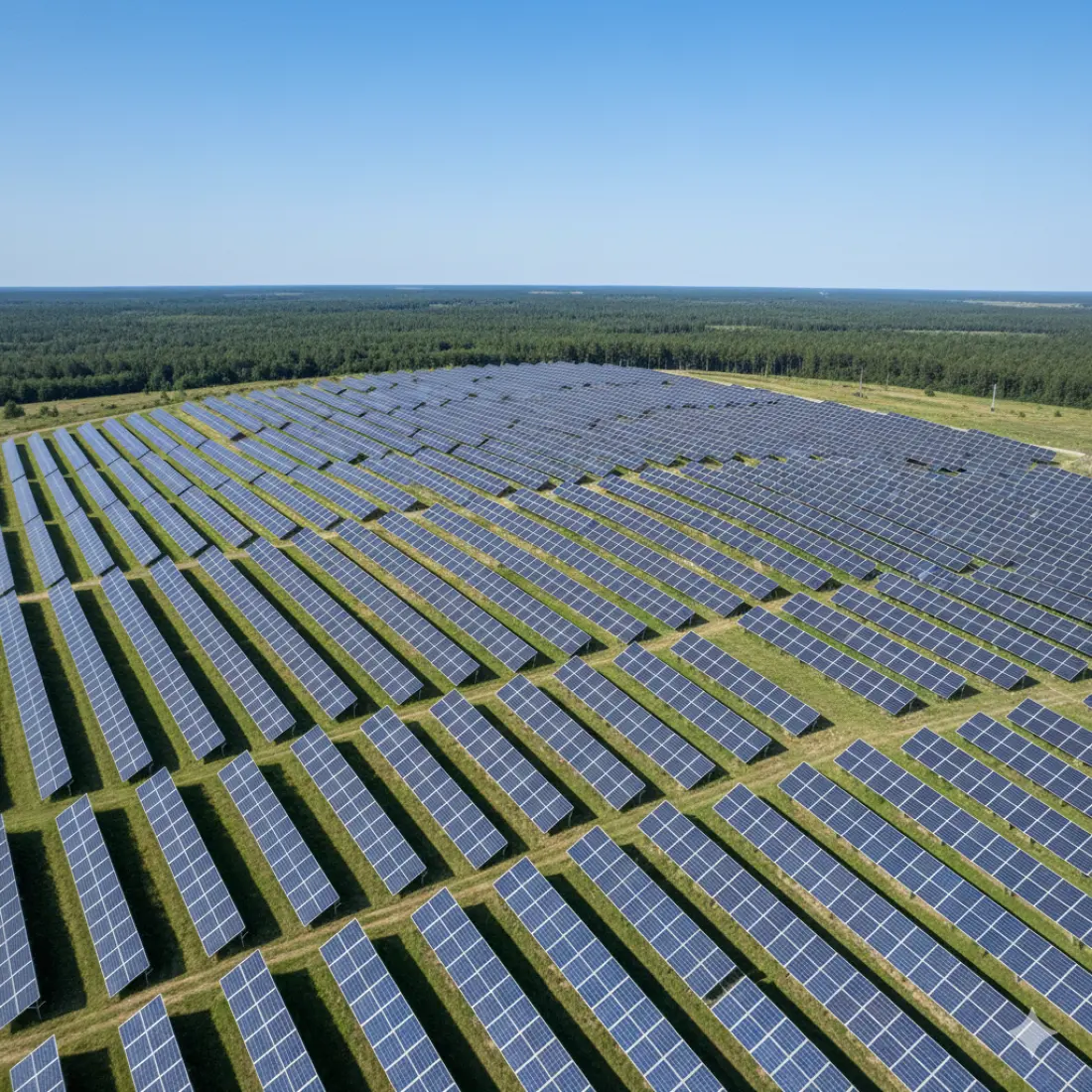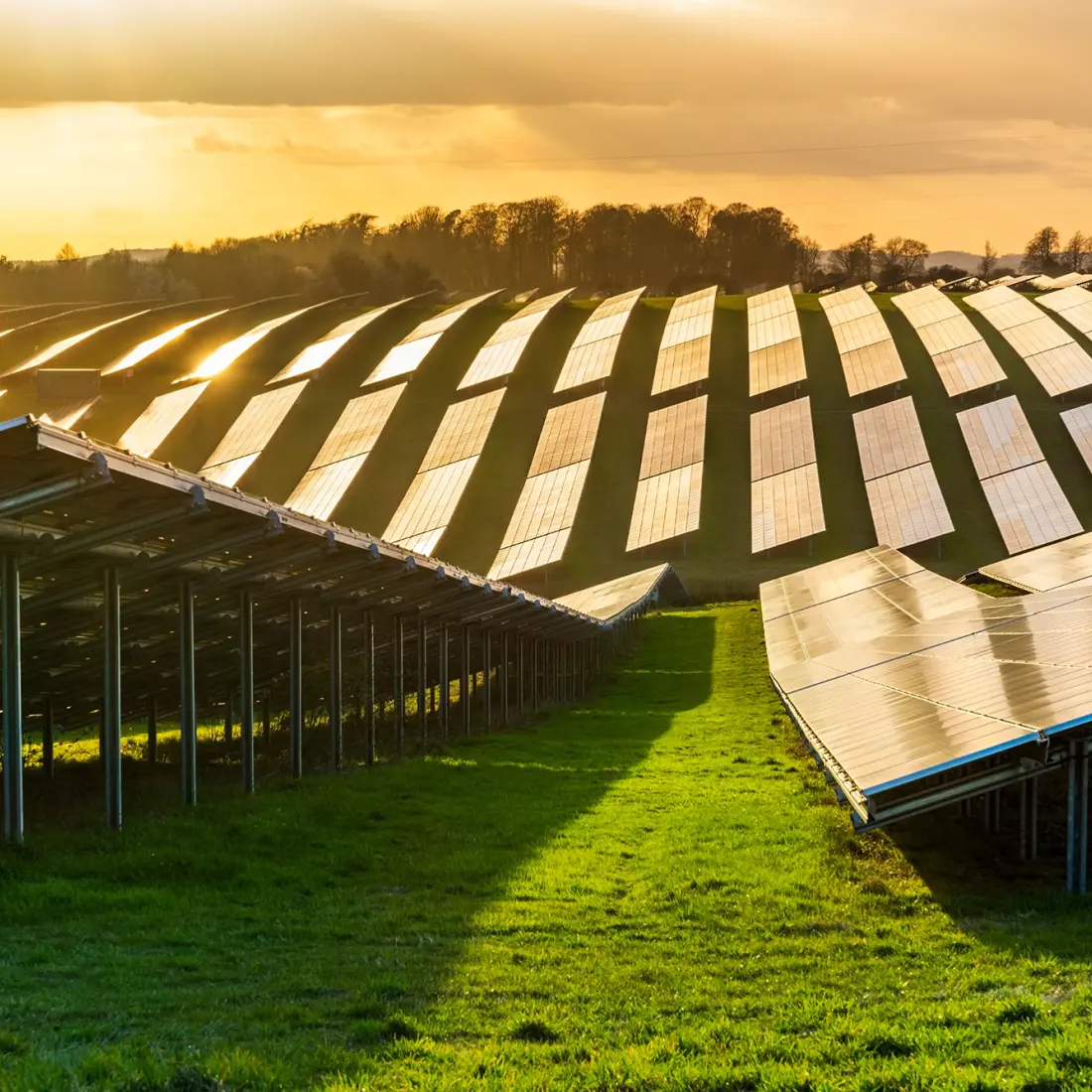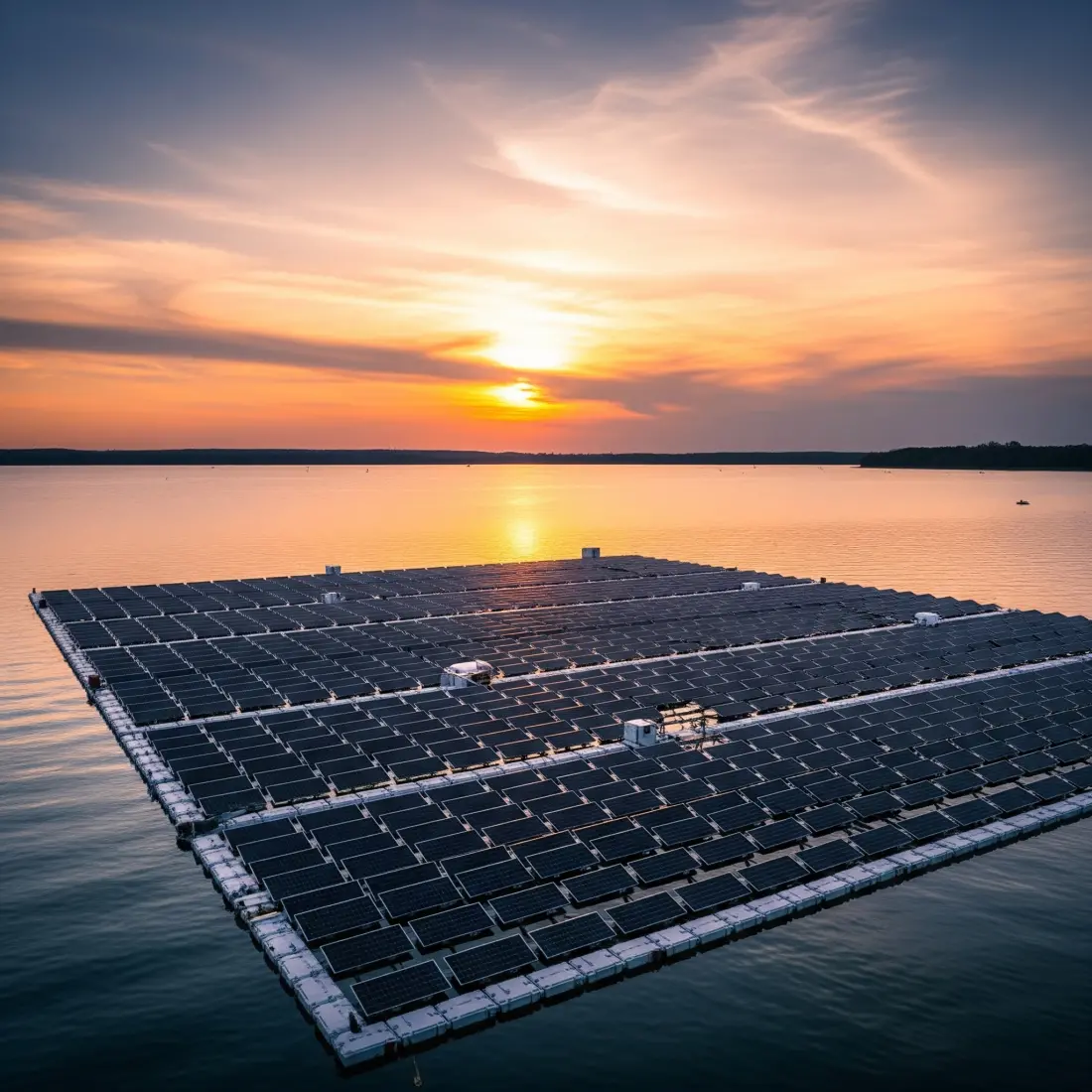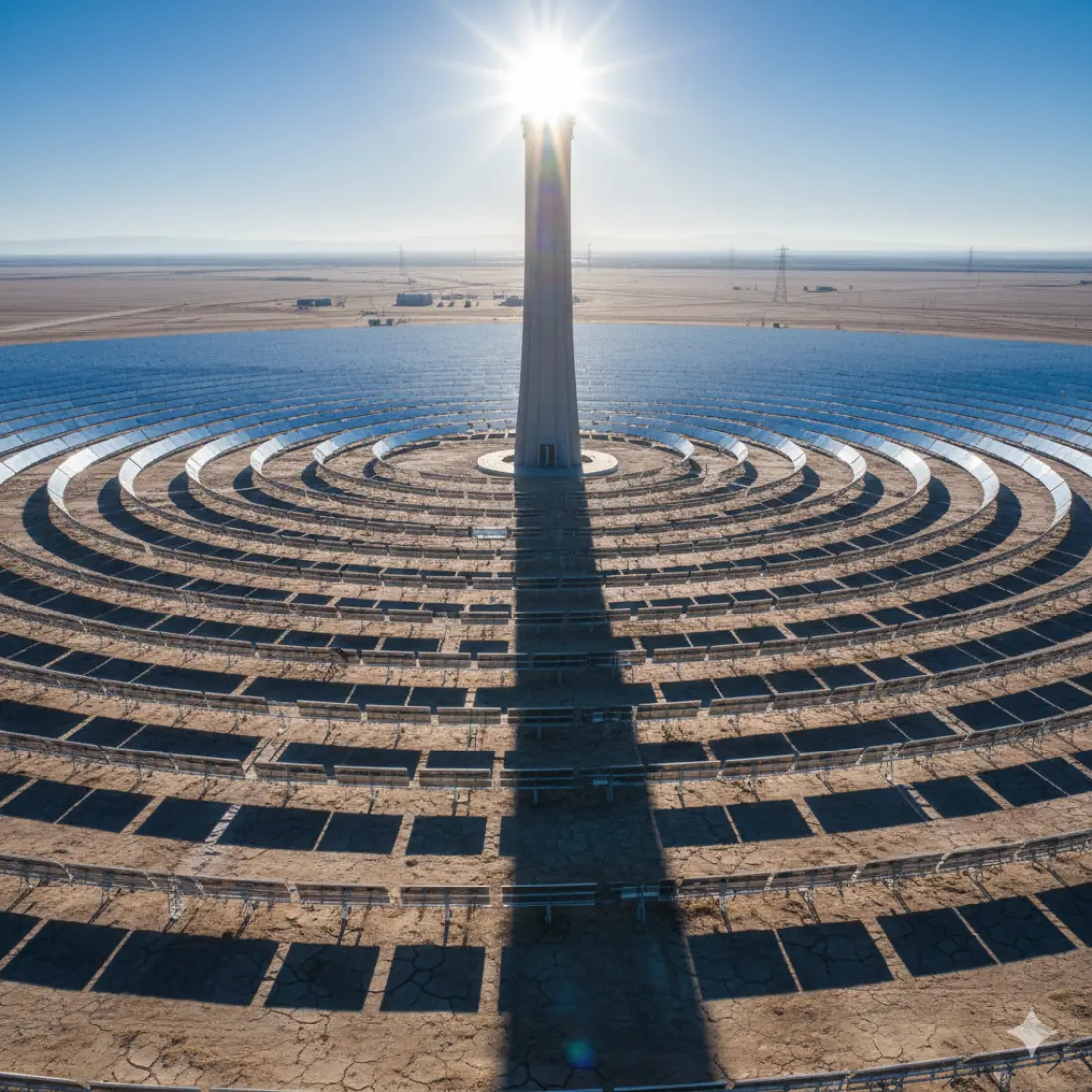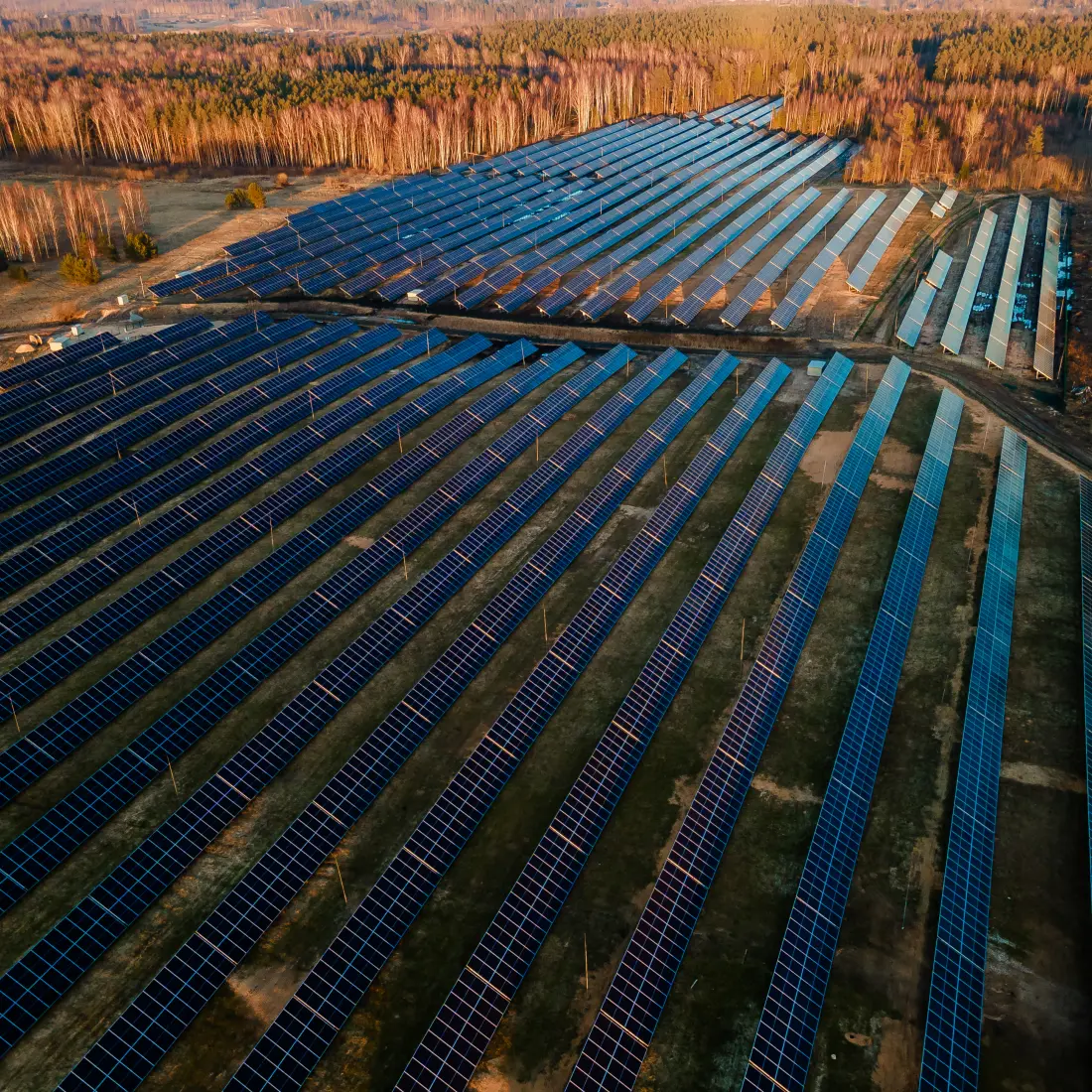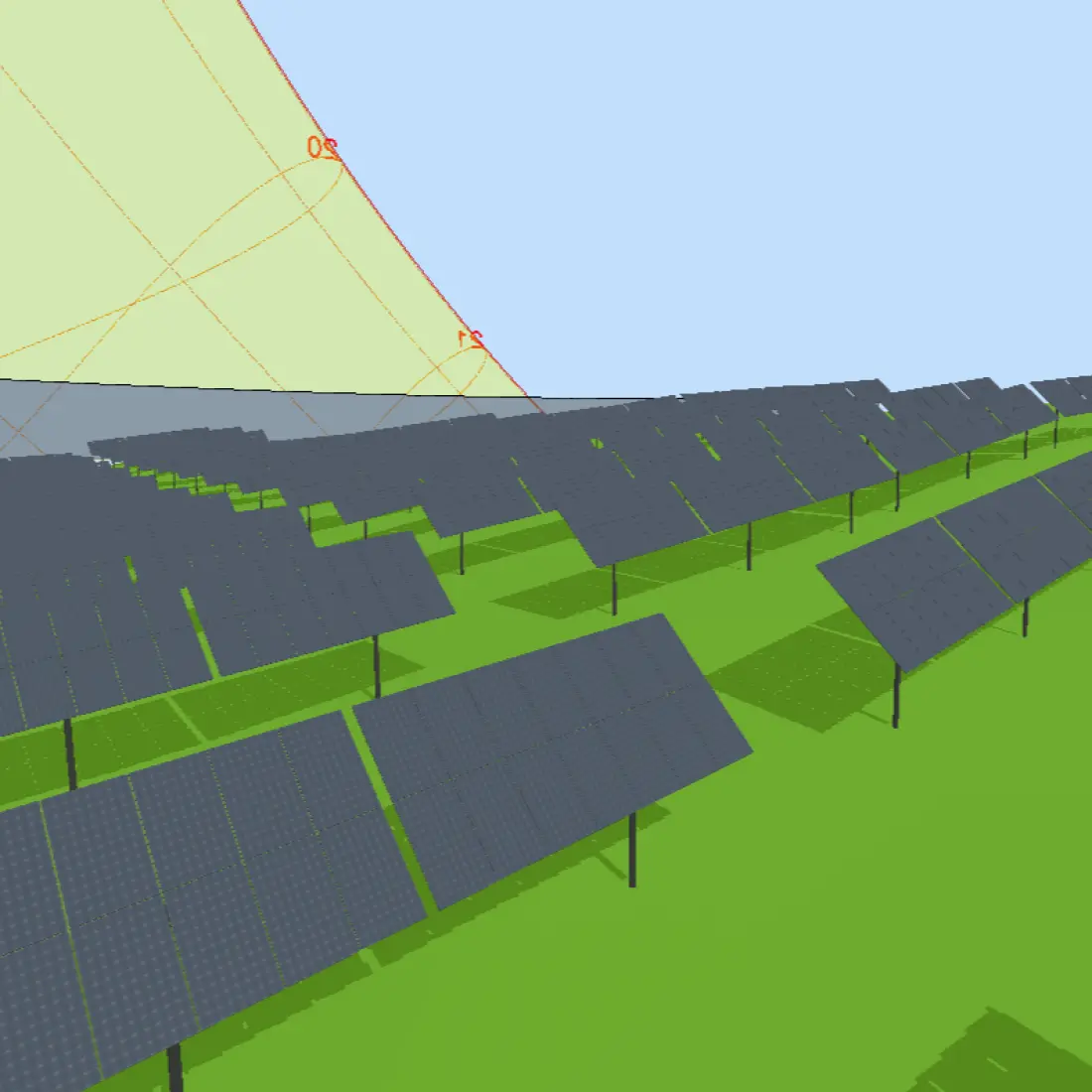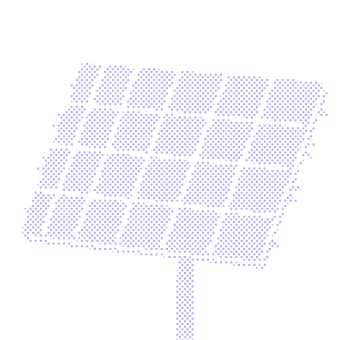Capital expenditure (CAPEX) components
Major upfront costs for a utility-scale solar farm include land acquisition, solar infrastructure, installation and construction, and grid connection.
Once a suitable site has been acquired, solar modules, inverters, and mounting systems comprise the largest share of CAPEX at 40-50%. The declining price of solar modules over the past decade has been a major driver of overall cost reductions.
Installation costs follow, accounting for about 20% of CAPEX, depending on project size and local labor rates.
Grid connection and infrastructure costs can also vary significantly depending on region, with areas operating on an aging or congested grid representing a particular challenge. You can expect the cost of plugging into the regional supply to range anywhere from 5-10%+ of total CAPEX.
Operational expenditure (opex) considerations
Compared to other forms of power generation, solar offers relatively low operational expenditure (OPEX) with limited moving parts and fuel costs. Primary costs include maintenance and monitoring, performance optimization, insurance, and regulatory compliance.
OPEX for plant maintenance includes routine inspection, cleaning, and repairs. An efficient monitoring plan can help keep costs down by preventative maintenance and rapid issue resolution before they become major problems down the line.
Maximizing annual energy production (AEP) ensures long-term profitability. Implementing future-oriented technologies such as drone-based inspection, thermographic imaging, predictive maintenance, and analytics software can all help lower OPEX costs and boost revenue in the long-term.
Finally, compliance with state and federal regulations, as well as insurance for general liability, business disruption, and environmental factors, can also represent a sizeable percentage of a site’s annual OPEX.
